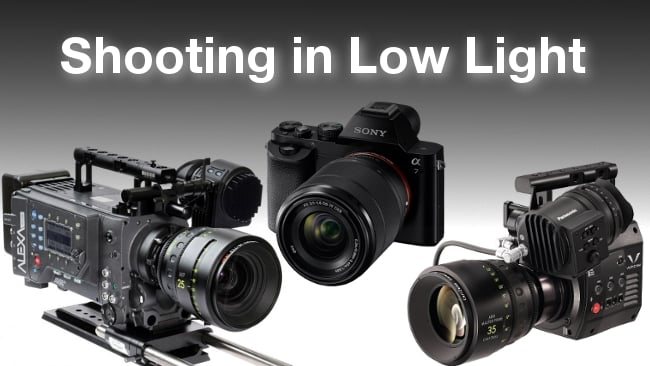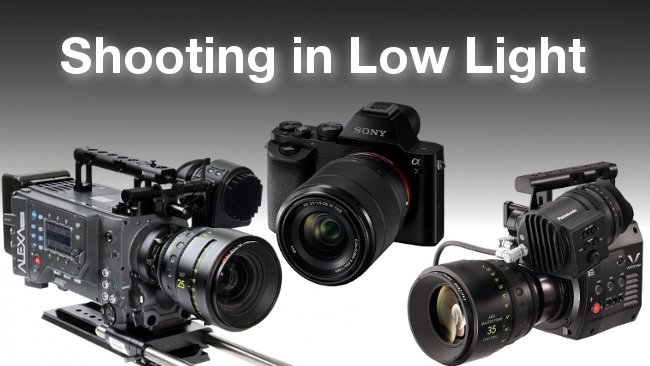
 Low Light Shooting
Low Light Shooting
Hollywood cinematographer and frequent RedShark News contributor Barry Braverman shares his thoughts on the trend of shooting in low light and wide open.
It seems to be the latest trend among hip cinematographers: shooting wide open with Ultra Primes or Super Speed lenses at light levels so low they barely register. Yet, this is the style these days - shooting in near total darkness - and it is getting many DPs a lot of work.
Low-light shooting takes guts
With the advent digital cinema cameras with functional ISOs of 5000 or higher, the prospect of shooting at ultra low light levels is becoming a reality. On my recent feature shoot, EQUALS, the young great cinematographer John Guleserian captured scenes on the soundstage with LED lighting pegged at a mere 2% on the dimmer. Yes, there were flicker issues to struggle with and excruciating difficult focus to wrangle, but living on the edge delivering gutsy, aggressive images at the constant risk of failure reflects in my mind a very high level of craft and confidence.
Noise reduction makes it possible
My Panasonic PX270 1/3-type camcorder shooting behind-the-scenes could not register a usable image under such low, almost-no-light conditions, but, no matter; the Alexa could at 1600 ISO with VERY sophisticated built-in noise reduction. And this is the key. Yes, the camera optics are critical and sufficient dynamic range is essential, but it is the vast improvement in noise reduction technology that is the main factor. The current fashion to shoot with minimal depth of field in very low light could have only been enabled by the substantially improved noise reduction algorithms.
More of the same?
Looking now to the Panasonic 4K Varicam 35, the camera looks sensational at 5000 ISO, a legitimate rating that extends the low-light reach of shooters of feature films and high-bend projects even further. The 3X advancement in low light sensitivity in a digital cinema camera means that we most likely are looking at yet another wave of projects captured in even lower light levels.
Keeping it in focus
Then again, the alternative to ever lower light levels on sets might be simply utilizing a smaller stop, so assistants can finally find and keep critical focus, especially when shooting with 85mm and 135mm lenses (which is also very much in vogue). I, for one, would welcome this particular development; as we look ahead to 4K image capture, that owing to sharp focus produces footage that actually looks and feels like 4K.
Check out below an example of shooting wide open in low light with a camera renowned for its low light capabilities, the Sony A7s, courtesy of Vimeo user Carbon Studios.
Tags: Production


Comments